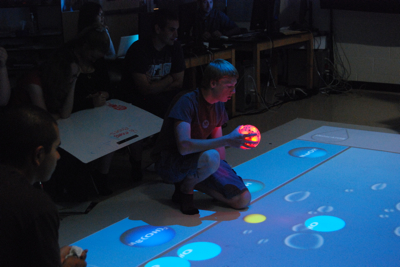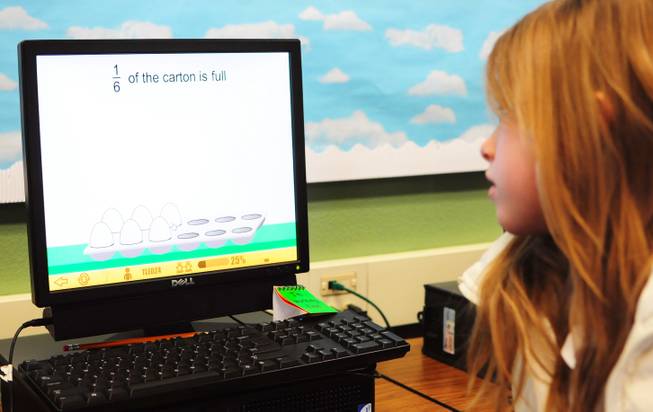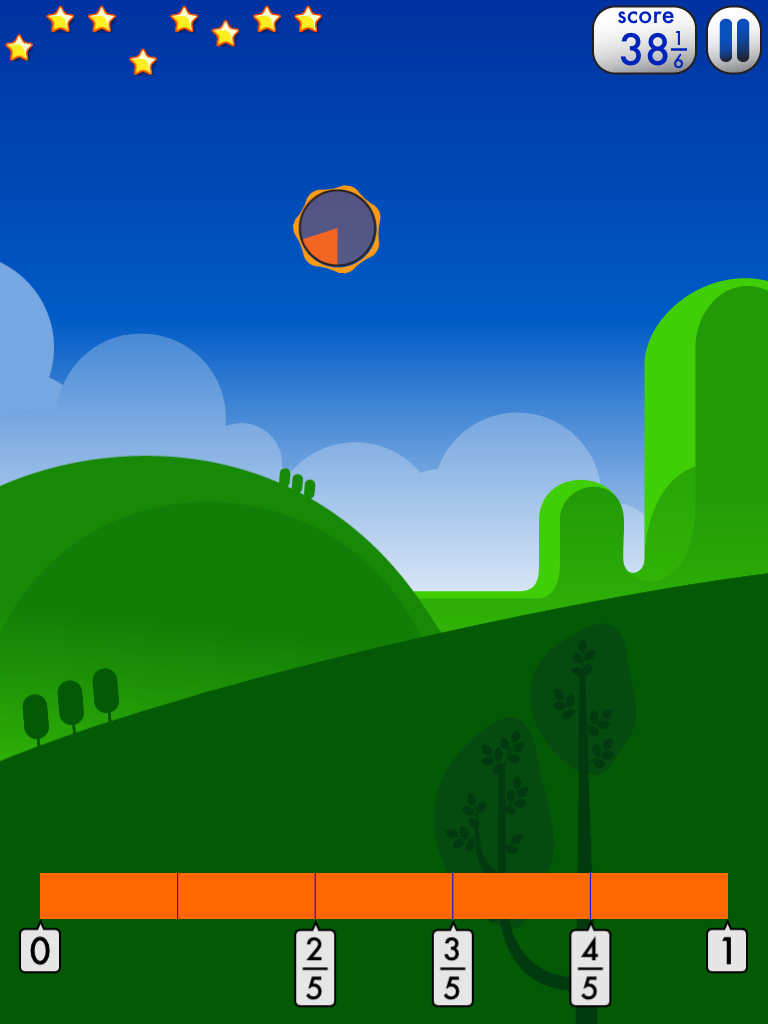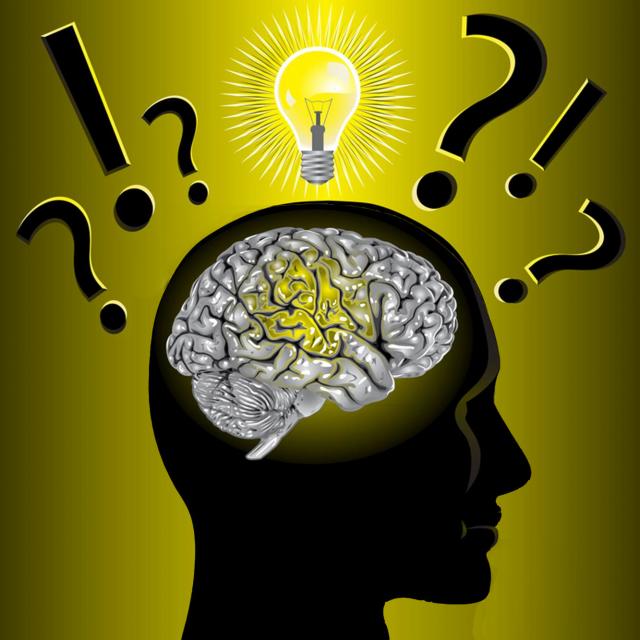"We’re optimistic that a new wave of edtech startups will radically improve K-12 learning. New platforms and media present us with an incredible opportunity: to redesign learning, to redesign engagement, and to tap into the endless curiosity of every child." Gabriel Adauto and Jacob Klein of Motion Math write for Fast Company's Co.EXIST. Adauto and Klein belive there are 5 opportunities and trends that will leverage our greatest resource: the curiosity inherent in every child:
1. Intuitive interfaces and software make the abstract touchable.
"Keyboards and the mouse prevented young children from having fluid, complex experiences with computers." Our Flow environment uses Kinect technology making interactions effortless and intuitive with our gesture-based learning scenarios.
2. The tools for exploring technology are more accessible.
"Most of the kids we playtest with want to know: 'How can I make a computer game?' " In SMALLab Learning's Particle Interaction Game,student designers and players learn about game systems. Students use our game template to modify rules and determine what it will take to create a balanced and engaging game.
3. There's increased access to curriculum driven by curiosity.
"Technology will broadcast the work of more great educators such as our favorite math teacher, Dan Meyer, whose smart, visual lesson plans are also centered on natural curiosity." Subscribers to the SMALLab Learning Store are able to share scenarios they create, sparking new ideas and teacher innovations through the PDxDesign program and SMALLab Learning developer program.
4. Cheap factual knowledge encourages deeper learning.
"For more than a decade, Wikipedia has highlighted the absurdity of an education composed of memorizing facts. More exciting are computation engines, in particular Wolfram Alpha, that combine data sets so that children can ask questions about real-world data using natural language." Exploring and learning in a learning environment like SMALLab or Flow, students ask questions, investigate, experiment, and develop theories. Rather than memorizing facts, they learn by doing.
5. Mobile devices allow for situated learning.
"Great teachers have always connected field trips to the classroom and made learning relevant. Today, mobile devices can bring these situated learning experiences to children on a larger scale." Through SMALLab learning environments, students can jump into a virtual petrie dish and watch what happens with molecules in Chemistry Titration. Sunshine Earth takes students to see how orbit effects temperature. Teachers can give a guided tour of STEM subjects inthe classroom as students explore and work together. Adauto and Klein feel that in the learning game industry, there is often no effort to make the subject relevant, visual, or integrated. Through the fusing of engagement and learning, games can best tap into the natural drive humans have to learn, explore, and be challenged. All students need to understand and visualize data, see patterns, and be patient, rigorous problem solvers. Students will benefit in the long run from more thoughtful educational technology developments that are also engaging and fun.












